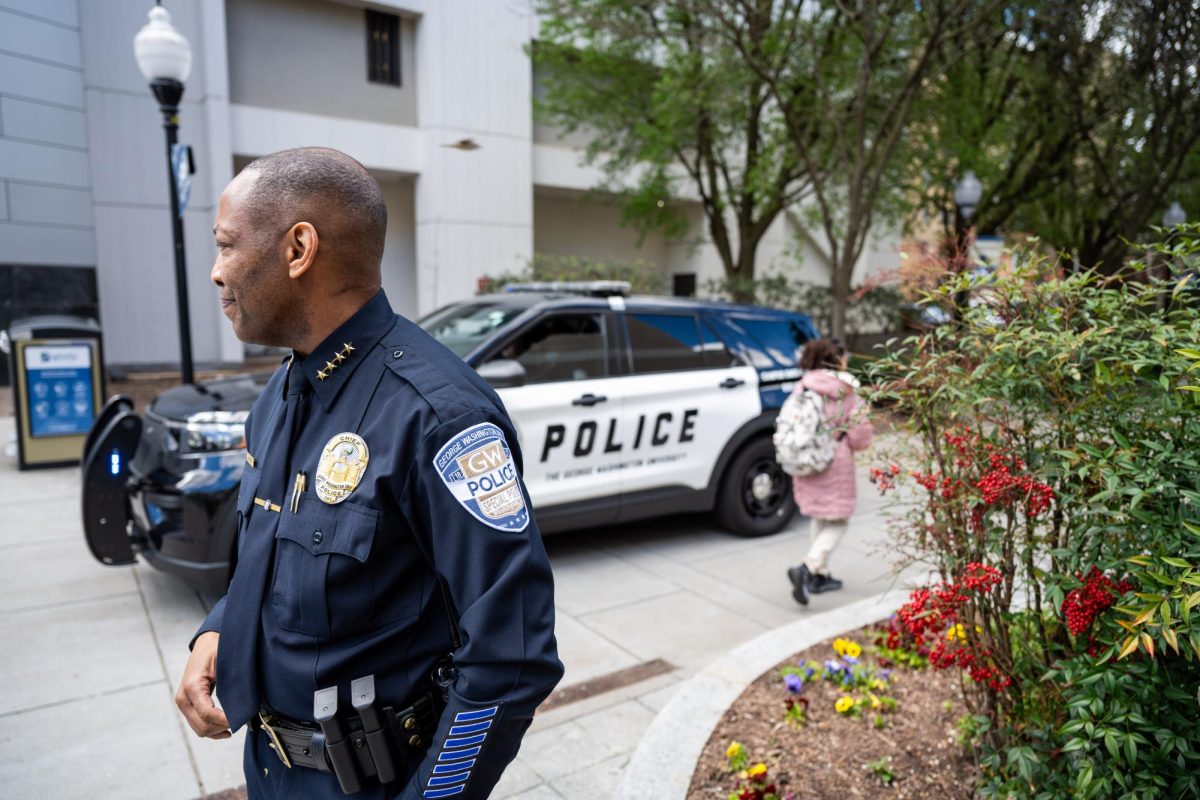
Foggy Bottom’s farmers markets and flea markets may not compare to Brooklyn’s. Fewer indie bands live here, too.
But Foggy Bottom’s population density has gotten nearly as high as the popular New York City borough, according to an interactive study by the Urban Institute released this week.
With 37,000 people per square mile, Foggy Bottom is the densest neighborhood in D.C.
Peter Tatian, a senior research associate at the Urban Institute, helped compile the information as part of population density presentations he gives across the city.
“[Density] has an impact on whether that neighborhood can support other services, transportation modes, things that could impact the quality of life in the neighborhood,” Tatian said.
Tatian said the services and multi-family housing in Foggy Bottom have made it popular.
“You’ve got a major university, a Metro stop, a hospital, a major grocery store and other services near by,” Tatian said, adding that those “complementary things” will draw people to Foggy Bottom instead of other areas in the city.
Ward 2 – made up of neighborhoods like Foggy Bottom, Dupont and Logan Circle – has seen the largest jump in population growth over the last decade, adding more than 13,000 people.
“[Those are] neighborhoods with a very solid history, places that people see as good people to live,” Tatian said.
Packing Foggy Bottom residents closer together has also caused some friction, of course. GW added another year of mandatory housing for students last summer, in part because of complaints from neighbors about misbehaving students who live off campus.
The study also noted the District’s shrinking black population, adding that D.C. is one of the few cities where population growth is being driven by whites. Thirty-five percent of the population is made up of millennials, or 18-to-34-year-olds, the study also found.




